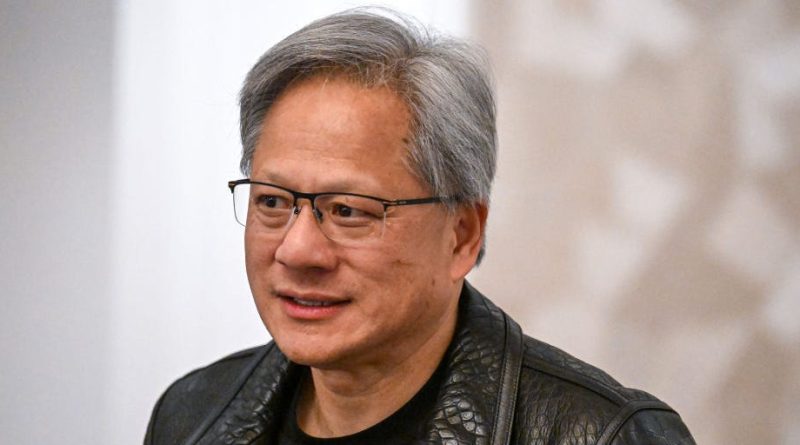Jensen Huang Is Turning Nvidia’s Chips Into the iPhone of the AI World
Those eye-watering numbers signal that demand for Nvidia’s specialty chips, known as GPUs, will not let up anytime soon. Companies such as OpenAI, Google, and Meta are desperate for them to build ever-more-powerful AI models.
That’s particularly so as Nvidia prepares to ship Blackwell this quarter. Huang unveiled the new GPU earlier this year and advertised it as twice as powerful as its predecessor. It’s no surprise customers are already waiting in line.
But with rivals increasingly threatening to step up to Nvidia, Huang seems to have devised a plan to keep customers hungry for more: turn the chips into the iPhone of the AI world.
On an earnings call, the Nvidia CEO tried to whet the appetite of investors and AI leaders alike by announcing that a new chip would be coming as soon as next year. “I can announce that after Blackwell, there’s another chip. We’re on a one-year rhythm,” Huang said on the call.
In effect, this “one-year rhythm” would set Nvidia’s chip release cycle on a similar course to Apple’s annual iPhone launch.
Where Tim Cook steps on a stage in Cupertino each year to reveal a new iPhone, Huang does the same in San Jose, California, to reveal a new GPU.
This shortened release cycle would be a new strategy for Nvidia. Blackwell’s predecessor, the H100, was first announced in March 2022. The top GPU before that, the A100, reached full production in May 2020.
Heightened pressure
Doing this has advantages. At a time when companies are in a frantic race to outperform one another on AI, Nvidia can keep customers coming back regularly for its chips on the promise that it’ll give them a competitive edge.
However, it does increase the pressure on Nvidia to deliver more powerful chips on a shorter timeline. As Apple has learned over the years, delivering genuinely fresh innovations rather than iterative updates can be tough when you’re working to an annual deadline.
If customers feel they aren’t getting impressive performance boosts from new chips on this “one-year rhythm,” they might be tempted to try out alternatives from rivals such as AMD — or deploy more of their own in-house designs.
For now, though, Huang has a clear message: Nvidia chips are about to become the iPhone of AI.
